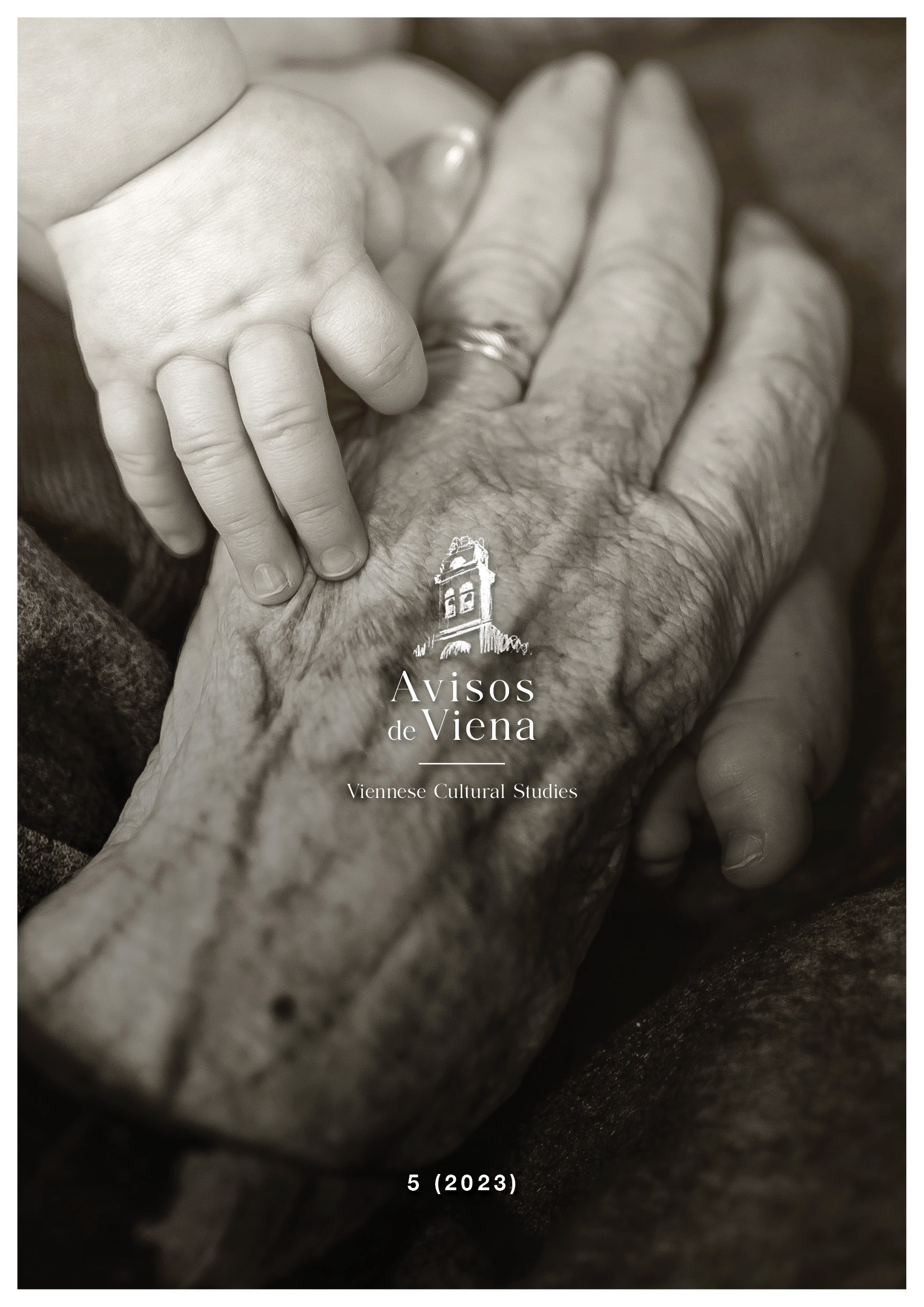Hora del parto en Daimiel (Ciudad Real) en la primera mitad del siglo XIX
DOI:
https://doi.org/10.25365/adv.2023.5.8159Keywords:
Human evolution, Primate characteristics, Brain development, Visual specializationAbstract
Human beings are descended from ancestral primates of very small body size (barely 20 grams), which about 65 million years ago inhabited the canopy of vast planetary forests. We were then very peculiar mammals, distinguished notably by our visual specialization (at the expense of smell) and by retaining the archaic pentadactyl structure (hands and feet with five fingers, like amphibians and reptiles) but with nails instead of claws and with the ability to grasp. These characteristics were associated with our lifestyle at the time: nocturnal hunters lurking for insects and other small prey, captured with our prehensile hands and thanks to our binocular vision. The visual development and the gripping and manipulation ability endowed primates with extreme motor coordination and manual dexterity. These qualities drove ancestral primates towards maximal brain development among mammals, providing them with precise information about the external environment and its objects, which would later become the biological basis for conceptual thought in our species millions of years later. Keywords: Human evolution, Primate characteristics, Brain development, Nocturnal hunting, Visual specialization.
References
Bernis, B., & Varea, C. (2012). Hour of birth and birth assistance: From a primate to a medicalized pattern? American Journal of Human Biology, 24, 14–21.
Bogin, B., & Varea, C. (2017). Evolution of human life history. In J. H. Kaas (Ed.), Evolution of Nervous Systems (Vol. 4, pp. 37–50). Academic Press, Elsevier Inc.
Charles, E. (1953). The hour of birth: A study of the distribution of times of onset of labour and of delivery throughout the 24-hour period. British Journal of Preventive and Social Medicine, 7, 43–59.
Cortés, J. (1672). El non plus ultra del lunario, y pronóstico perpetuo general, y particular para cada reino y provincia. Biblioteca Digital, Biblioteca Foral de Bizkaia.
Gebo, D. L. (2004). A Shew-Sized Origin for Primates. Yearbook of Physical Anthropology, 47, 40–62.
Hoque, M. (2010). Timing of spontaneous birth and the risk of adverse perinatal outcomes. South African Journal of Epidemiology and Infection, 25, 35–38.
Huxley, J. (1947). Man in the Modern World. New York: Mentor.
Jolly, A. (1972). Hour of births in primates and man. Folia Primatologica, 18, 108–121.
Málek, J. (1952). The manifestation of biological rhythms in delivery. Gynaecologia, 133, 365–372.
Martin, R. D. (2007). The evolution of human reproduction: A primatological perspective. Yearbook of Physical Anthropology, 50, 59–84.
Olcese, J., Lozier, S., & Paradise, C. (2012). Melatonin and the timing of human parturition. Reproductive Sciences, 20, 168–174.
Planes, P. (2013). La hora oficial en España y sus cambios. Anuario del Observatorio Astronómico de Madrid, 1, 373–402. https://blog.bettyboop.cat/wp-content/uploads/2015/08/pere2013.pdf
Sánchez-Gil, C., & Moya-García, C. (2015). Daimiel en las Guerras Carlistas (1833-1875). In III Jornadas de Historia de Daimiel (pp. 199–213). Ayuntamiento de Daimiel.
Shively, C., & Mitchell, G. (1986). Perinatal behavior of anthropoid primates. In G. Mitchell & J. Erwin (Eds.), Comparative Primate Biology. Behavior, Conservation and Ecology (Vol. 2A, pp. 245–294). Alan R. Liss, Inc.
Silcox, M. T., Dalmyn, C. K., & Bloch, J. I. (2009). Virtual endocast of Ignacius graybullianus (Paromomyidae, Primates) and brain evolution in early primates. Proceedings of the National Academy of Sciences, 106, 10,987–10,992.
Strier, K. B. (2018). Primate social behavior. American Journal of Physical Anthropology, 165, 801–812.
Sussman, R. W., Tab Rasmussen, D., & Raven, P. H. (2013). Rethinking primate origins again. American Journal of Primatology, 75(2), 95–106.
Trevathan, W. R. (1987). Human Birth: An Evolutionary Perspective. Aldine.
Varea, C., & Fernández-Cerezo, S. (2014). Revisiting the daily human birth pattern: Time of delivery at Casa de Maternidad in Madrid (1887–1892). American Journal of Human Biology, 26, 707–709.
Downloads
Published
How to Cite
Issue
Section
License
Copyright (c) 2023 Carlos Varea, Lara Carasa, Pere Planesas, Wolfram Aichinger

This work is licensed under a Creative Commons Attribution 4.0 International License.
© Open Access, CC BY 4.0








